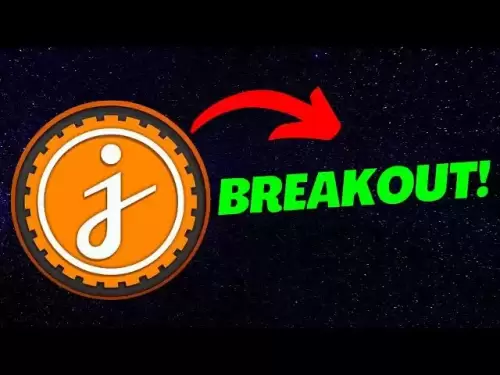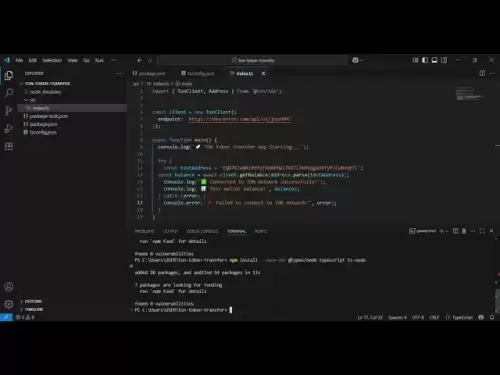-
 Bitcoin
Bitcoin $118,841.1054
1.02% -
 Ethereum
Ethereum $3,364.2689
7.44% -
 XRP
XRP $3.0337
3.93% -
 Tether USDt
Tether USDt $1.0004
0.04% -
 BNB
BNB $708.2059
2.49% -
 Solana
Solana $173.2385
5.74% -
 USDC
USDC $0.9999
-0.01% -
 Dogecoin
Dogecoin $0.2121
6.85% -
 TRON
TRON $0.3090
2.81% -
 Cardano
Cardano $0.7628
2.25% -
 Hyperliquid
Hyperliquid $46.8391
-2.08% -
 Stellar
Stellar $0.4537
0.15% -
 Sui
Sui $3.9529
-2.88% -
 Chainlink
Chainlink $16.6414
3.72% -
 Hedera
Hedera $0.2354
1.52% -
 Bitcoin Cash
Bitcoin Cash $499.1285
0.43% -
 Avalanche
Avalanche $22.6400
0.57% -
 Shiba Inu
Shiba Inu $0.0...01438
4.88% -
 UNUS SED LEO
UNUS SED LEO $8.8507
-0.64% -
 Toncoin
Toncoin $3.1498
2.35% -
 Litecoin
Litecoin $97.4954
1.21% -
 Polkadot
Polkadot $4.1541
1.50% -
 Monero
Monero $331.4406
-1.03% -
 Pepe
Pepe $0.0...01350
5.24% -
 Uniswap
Uniswap $8.9103
-5.01% -
 Bitget Token
Bitget Token $4.7540
4.51% -
 Dai
Dai $0.9999
-0.02% -
 Ethena USDe
Ethena USDe $1.0008
0.00% -
 Aave
Aave $322.3328
-1.63% -
 Bittensor
Bittensor $431.8026
-0.50%
What is Aave?
Aave is a decentralized finance (DeFi) protocol enabling peer-to-peer lending and borrowing of cryptocurrencies, using smart contracts to automate the process and offer dynamic interest rates based on supply and demand; AAVE token holders govern the platform.
Mar 10, 2025 at 12:10 pm

Key Points:
- Aave is a decentralized finance (DeFi) protocol enabling users to lend and borrow cryptocurrencies.
- It operates on several blockchains, offering a range of crypto assets for lending and borrowing.
- Aave's governance token, AAVE, allows holders to participate in protocol decisions.
- Users earn interest on deposits and pay interest on borrowed funds, with rates determined by supply and demand.
- Risk management features, including liquidation, are integral to maintaining the protocol's stability.
What is Aave?
Aave is a prominent decentralized finance (DeFi) protocol built on the Ethereum blockchain and other compatible networks. It functions as a money market, allowing users to lend and borrow a wide array of cryptocurrencies without intermediaries. This peer-to-peer lending system leverages smart contracts to automate the entire process, enhancing transparency and efficiency. The platform's core functionality centers around providing liquidity to borrowers while generating passive income for lenders.
How does Aave work?
Aave's functionality relies heavily on smart contracts. Users deposit cryptocurrencies into Aave's liquidity pools, becoming lenders. Simultaneously, borrowers can access these funds by providing collateral, typically in the form of other cryptocurrencies. The interest rates for both lending and borrowing are dynamically adjusted based on supply and demand within the pools. This mechanism ensures a market-driven interest rate system. The higher the demand for a specific cryptocurrency, the higher its borrowing interest rate. Conversely, a high supply results in lower interest rates.
What are the benefits of using Aave?
Aave offers several compelling advantages. Firstly, it provides a permissionless environment, meaning anyone with a compatible cryptocurrency wallet can participate. Secondly, it offers high interest rates for lenders compared to traditional financial institutions. Borrowers benefit from accessing funds quickly and efficiently, bypassing traditional lending processes. Finally, the transparent nature of the platform, enabled by blockchain technology, builds trust and accountability.
What cryptocurrencies can be lent and borrowed on Aave?
Aave supports a diverse range of cryptocurrencies, including prominent assets like ETH, BTC, USDC, DAI, and many others. The specific assets available vary depending on the blockchain network. The platform regularly adds new cryptocurrencies based on community demand and market trends. This diversity allows users to diversify their lending and borrowing strategies. It's crucial to research the specific assets available on the network you are using before participating.
How are interest rates determined on Aave?
Aave employs a unique algorithm to determine interest rates. It considers the supply and demand dynamics within each liquidity pool. Higher demand for a specific cryptocurrency leads to higher borrowing rates, while a surplus of that cryptocurrency leads to lower lending rates. This dynamic pricing system ensures a fair and efficient market. Users can view real-time interest rates directly within the Aave interface.
What are the risks involved in using Aave?
Like any DeFi platform, Aave carries inherent risks. Smart contract vulnerabilities, although rare, could be exploited, leading to potential losses. Market volatility can also significantly impact the value of deposited and borrowed assets. Borrowers risk liquidation if the value of their collateral falls below a certain threshold. Understanding these risks is crucial before engaging with the platform.
What is AAVE token and its utility?
AAVE is the governance token of the Aave protocol. Holding AAVE grants holders voting rights on proposals related to the platform's development and future direction. Token holders can participate in governance decisions, influencing aspects like the addition of new assets, fee structures, and risk parameters. AAVE also occasionally offers staking rewards, incentivizing users to participate in the platform's governance.
How can I start using Aave?
- Obtain a compatible wallet: You'll need a cryptocurrency wallet that supports the blockchain Aave operates on (e.g., MetaMask for Ethereum).
- Connect your wallet to Aave: Access the Aave website or application and connect your chosen wallet.
- Deposit funds: Transfer the cryptocurrencies you wish to lend to your Aave wallet address.
- Begin lending or borrowing: Once your funds are deposited, you can choose to lend them to earn interest or borrow cryptocurrencies using your deposited assets as collateral.
- Monitor your position: Regularly monitor your position to track your earnings or manage your borrowing risks.
What is liquidation on Aave?
Liquidation is a risk-management mechanism employed to protect lenders. If a borrower's collateral value drops below a certain threshold (the liquidation threshold), the protocol automatically liquidates their collateral to repay the outstanding loan. This process helps prevent significant losses for lenders. Liquidation usually involves selling the collateral at market prices.
How secure is Aave?
Aave prioritizes security through rigorous audits and smart contract development practices. However, it's important to understand that no system is entirely impervious to security breaches. The decentralized nature of Aave means that user funds are not held by a central entity, mitigating some risks associated with centralized exchanges. Nevertheless, users should always practice responsible risk management.
Frequently Asked Questions:
Q: Is Aave regulated? A: Aave operates in a decentralized manner and is not directly regulated by any single government body. However, its operations are subject to the evolving legal frameworks surrounding cryptocurrencies in various jurisdictions.
Q: What are the fees on Aave? A: Aave charges fees for borrowing and lending, which vary depending on the asset and market conditions. These fees are dynamically adjusted based on supply and demand.
Q: How do I withdraw my funds from Aave? A: Withdrawing funds from Aave involves simply initiating a withdrawal request through the platform's interface. The withdrawal process is automated and typically completed within a short timeframe, depending on the network's transaction speed.
Q: Is Aave suitable for beginners? A: While Aave is user-friendly, understanding the risks associated with DeFi and cryptocurrencies is crucial before using the platform. Beginners should thoroughly research and understand the mechanics before investing any significant amount.
Q: What are the differences between Aave and other DeFi lending platforms? A: Aave differentiates itself through its wide range of supported assets, its flash loan functionality, and its robust governance system. However, the best platform depends on individual needs and preferences. Comparison with other platforms should be conducted before committing funds.
Disclaimer:info@kdj.com
The information provided is not trading advice. kdj.com does not assume any responsibility for any investments made based on the information provided in this article. Cryptocurrencies are highly volatile and it is highly recommended that you invest with caution after thorough research!
If you believe that the content used on this website infringes your copyright, please contact us immediately (info@kdj.com) and we will delete it promptly.
- Coinbase's 'Everything App' Vision: Base App Unites Crypto, Social, and Payments
- 2025-07-17 08:30:13
- Aster: Revolutionizing DeFi with Perpetual Contracts on US Equities
- 2025-07-17 08:30:13
- XRP's Technical Uptrend: Riding the Wave of Institutional Momentum
- 2025-07-17 09:10:13
- Riding the XRP Surge: A Long-Term Strategy for Savvy Investors
- 2025-07-17 09:30:13
- Crypto Price Check: XRP and Solana Show Some Grit Amidst Market Jitters
- 2025-07-17 09:30:13
- TAC Mainnet & Altcoin Launch: DeFi on Telegram, But What About That $350 Price?
- 2025-07-17 08:50:13
Related knowledge
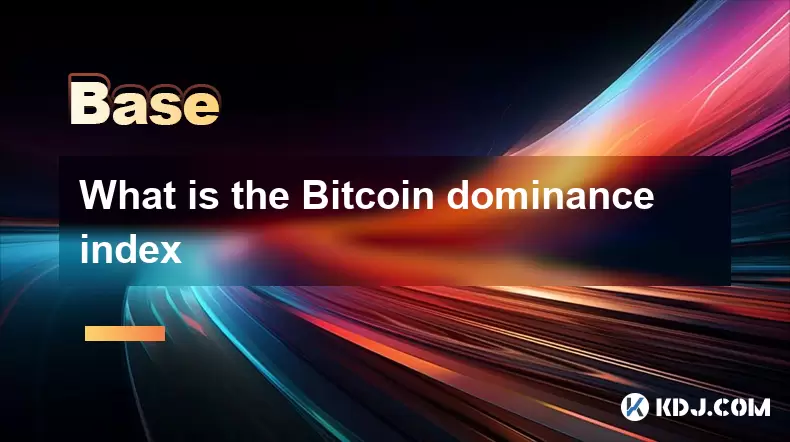
What is the Bitcoin dominance index
Jul 12,2025 at 10:35pm
Understanding the Bitcoin Dominance IndexThe Bitcoin Dominance Index, often abbreviated as BTC.D, is a metric used to measure Bitcoin's market capital...
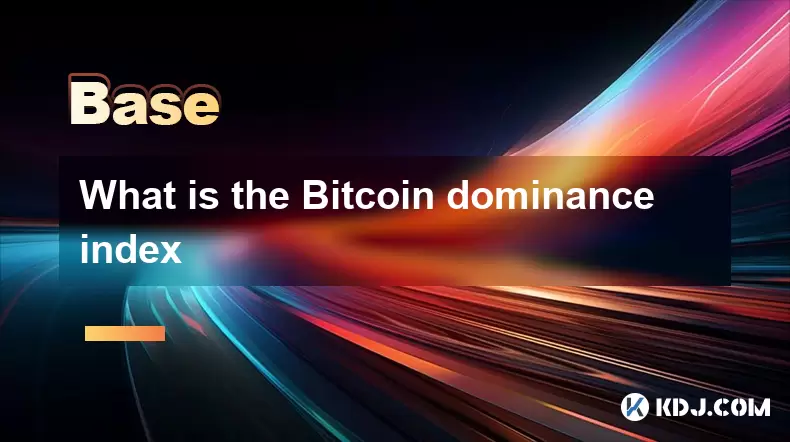
What is the Bitcoin dominance index
Jul 11,2025 at 04:29am
What is the Bitcoin Dominance Index?The Bitcoin Dominance Index is a metric used to gauge Bitcoin's market capitalization relative to the total market...
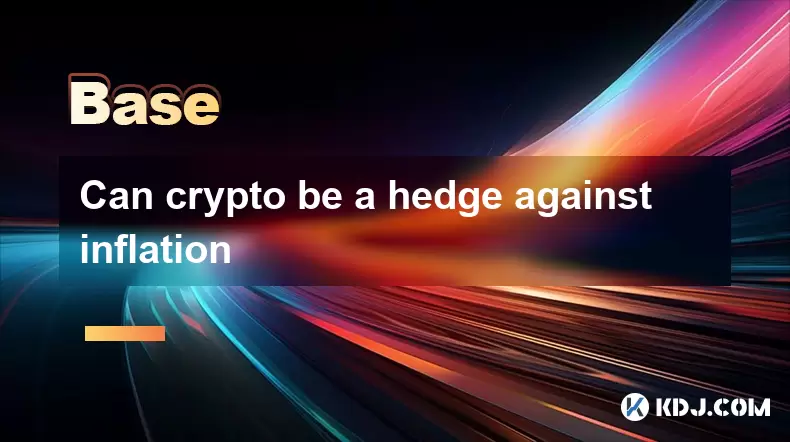
Can crypto be a hedge against inflation
Jul 14,2025 at 12:21am
Understanding the Concept of Hedging Against InflationInflation refers to the general increase in prices and fall in the purchasing value of money ove...
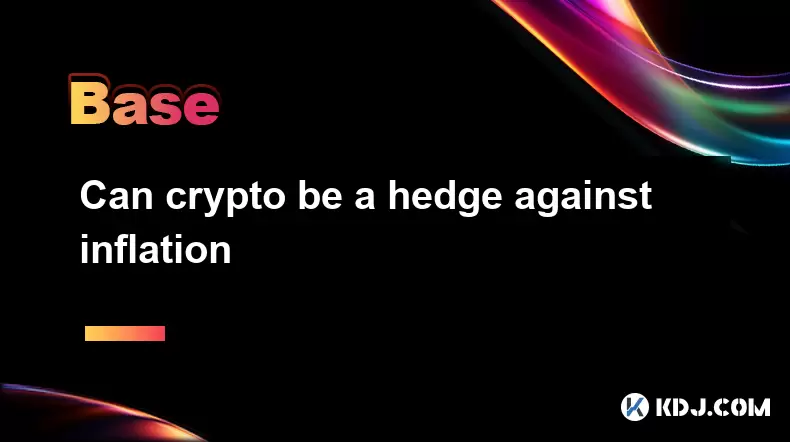
Can crypto be a hedge against inflation
Jul 12,2025 at 12:07pm
Understanding the Role of Blockchain in Decentralized Finance (DeFi)Blockchain technology serves as the backbone of decentralized finance, offering a ...
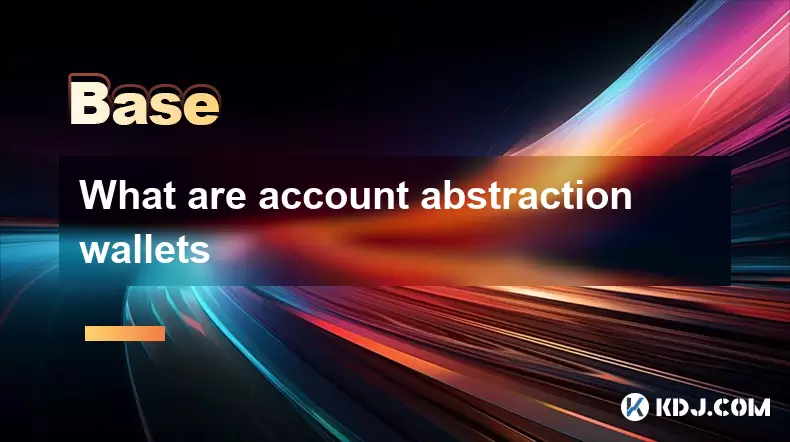
What are account abstraction wallets
Jul 13,2025 at 01:43am
Understanding the Concept of Account AbstractionAccount abstraction is a term frequently used in the Ethereum ecosystem, particularly within discussio...
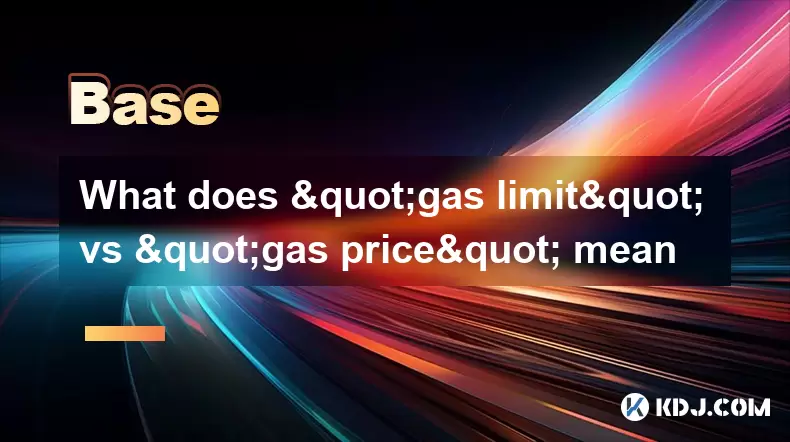
What does "gas limit" vs "gas price" mean
Jul 13,2025 at 04:00am
Understanding the Basics of Gas in Blockchain TransactionsIn the Ethereum and other EVM-compatible blockchains, every transaction requires computation...

What is the Bitcoin dominance index
Jul 12,2025 at 10:35pm
Understanding the Bitcoin Dominance IndexThe Bitcoin Dominance Index, often abbreviated as BTC.D, is a metric used to measure Bitcoin's market capital...

What is the Bitcoin dominance index
Jul 11,2025 at 04:29am
What is the Bitcoin Dominance Index?The Bitcoin Dominance Index is a metric used to gauge Bitcoin's market capitalization relative to the total market...

Can crypto be a hedge against inflation
Jul 14,2025 at 12:21am
Understanding the Concept of Hedging Against InflationInflation refers to the general increase in prices and fall in the purchasing value of money ove...

Can crypto be a hedge against inflation
Jul 12,2025 at 12:07pm
Understanding the Role of Blockchain in Decentralized Finance (DeFi)Blockchain technology serves as the backbone of decentralized finance, offering a ...

What are account abstraction wallets
Jul 13,2025 at 01:43am
Understanding the Concept of Account AbstractionAccount abstraction is a term frequently used in the Ethereum ecosystem, particularly within discussio...

What does "gas limit" vs "gas price" mean
Jul 13,2025 at 04:00am
Understanding the Basics of Gas in Blockchain TransactionsIn the Ethereum and other EVM-compatible blockchains, every transaction requires computation...
See all articles
























